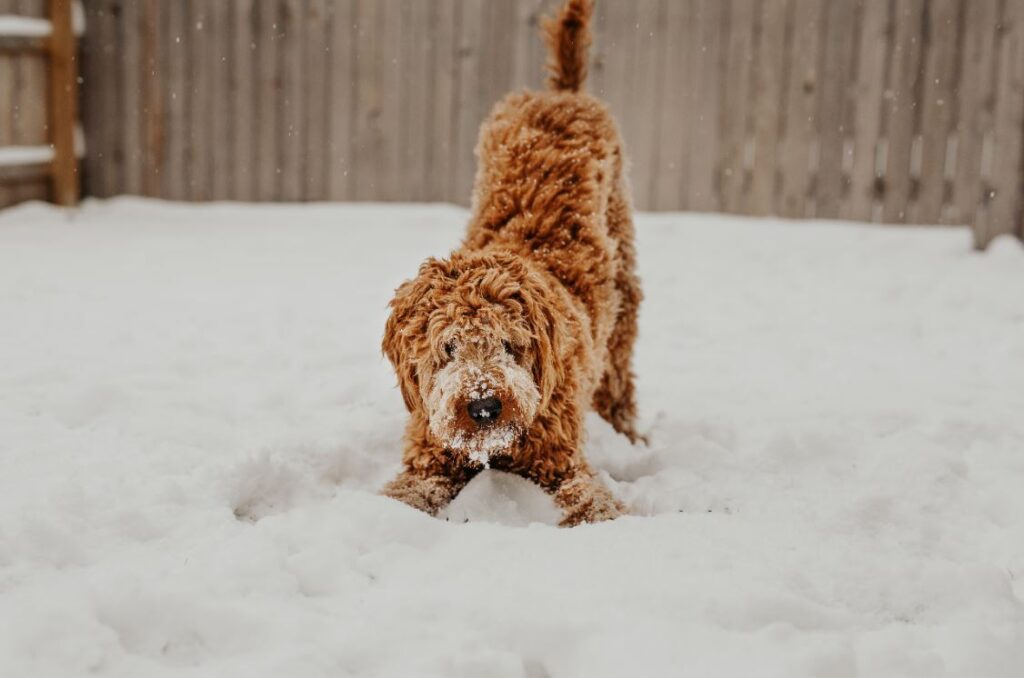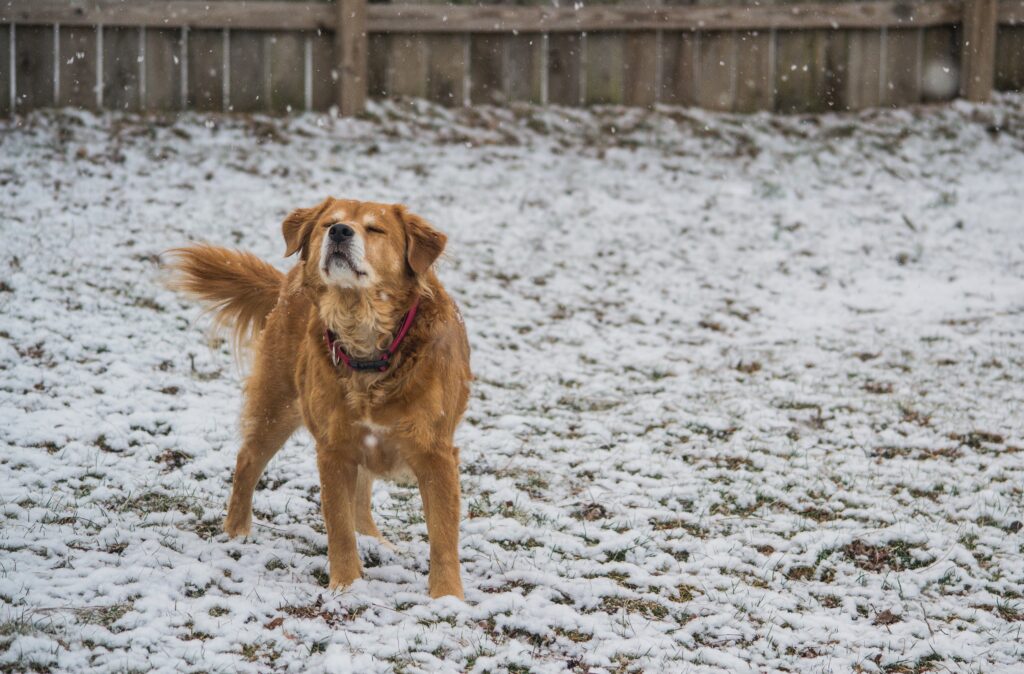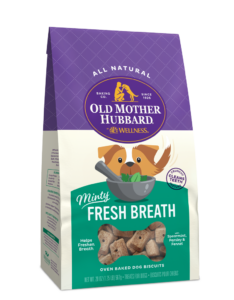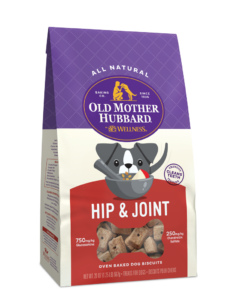A snow day seems like a fun opportunity to frolic with your dog in the snow and have a good time enjoying winter with your pet. But your dog might not be built for long periods playing in the snow and could experience frostbite or hypothermia. Read on to get pet winter safety tips and find out more about how long it’s safe for your dog to play in the snow.

How long is it safe for my dog to play in the snow?
Short-haired breeds and small dogs shouldn’t play in the snow for a prolonged period without wearing gear to keep them warm. They’re losing body heat much faster than breeds that have their own built-in winter coats. If you’re wondering, ‘Does my dog need a coat in the snow?’ and you have a short-haired breed, small dog or older dog, chances are that you should putcold-weather gear like a coat or sweater on them before going on a walk or playing outside. If you need a heavy coat, gloves, hat and a scarf to go outside, chances are, your dog needs an extra layer. Overall, you should probably limit the time your dog plays in the snow to about 30 minutes but be on the lookout for signs of discomfort like shivering or staying by you and seem like they want to go home.
Can my dog get frostbite?
Yes, if your dog is outside for a prolonged period in freezing temperatures—and particularly if they get wet—your dog can get frostbite, especially on an exposed belly, paws or his skin. Frostbite is dangerous for dogs and they can lose limbs due to this dangerous skin condition. Some signs of frostbite in dogs are cold skin that’s discolored with a bluish-white hue or joint stiffness and clumsiness.
You might want to put dog boots and socks on your pup if they’ll let you to protect their paws so they can spend more time playing in the snow. In general, it may be easiest to make the transition by starting with baby socks or dog socks to get them used to the feeling of something on their paws.

Can my dog get hypothermia?
Dogs can get hypothermia if their body temperature drops below 102.5 degrees. Some signs of hypothermia in dogs include shivering, becoming quiet and curling up, cold appendages, and whining, to name a few.
In general, puppies and older dogs shouldn’t be outside when it’s wet or cold out since they don’t have a full fur coat to protect them as well as enough fat on their bodies to keep them warm.
What can I do for dog paws in the snow?
Some dogs love the snow and would spend hours out in it if you let them. They run, jump and play in it, while other dogs will stand in one spot and glance at you with a look that says, “What am I doing here?” You might also notice that puppies will have a lower tolerance for snow because their paws aren’t calloused.
Snow can freeze on your pup’s paws and cause problems. You’ll also want to be mindful of your dog getting salt in her paws and causing burns or she could slip on an icy patch and pull a muscle. Sometimes it can be tough to avoid sidewalk salt or salted streets but try your best to avoid getting salt in your dog’s paws. Chances are, your neighbors aren’t buying pet-friendly rock salt to keep your pet’s paw health in mind.
You may want to put on paw protectors to prevent contact with salt, like dog booties. Or, you could apply high-quality paw wax to your dog’s paws for a protective barrier.
Also, be on the lookout for your dog licking antifreeze in the winter since it’s a toxic substance. If you suspect your dog ingested something she shouldn’t have and she’s showing symptoms of illness call your vet.
It’s best to call your veterinarian right away and schedule a visit if you suspect your dog playing in the snow led to health problems like frostbite or hypothermia.
Keep in mind, playing in the snow is fun for some dogs who are built to withstand cold weather while others won’t enjoy standing out in the cold for longer than they have to. Be on the lookout for signs that your dog is ready to go in, is shivering, or is in some kind of discomfort or pain. Just like humans–even fun winter activities have their time limit!






















